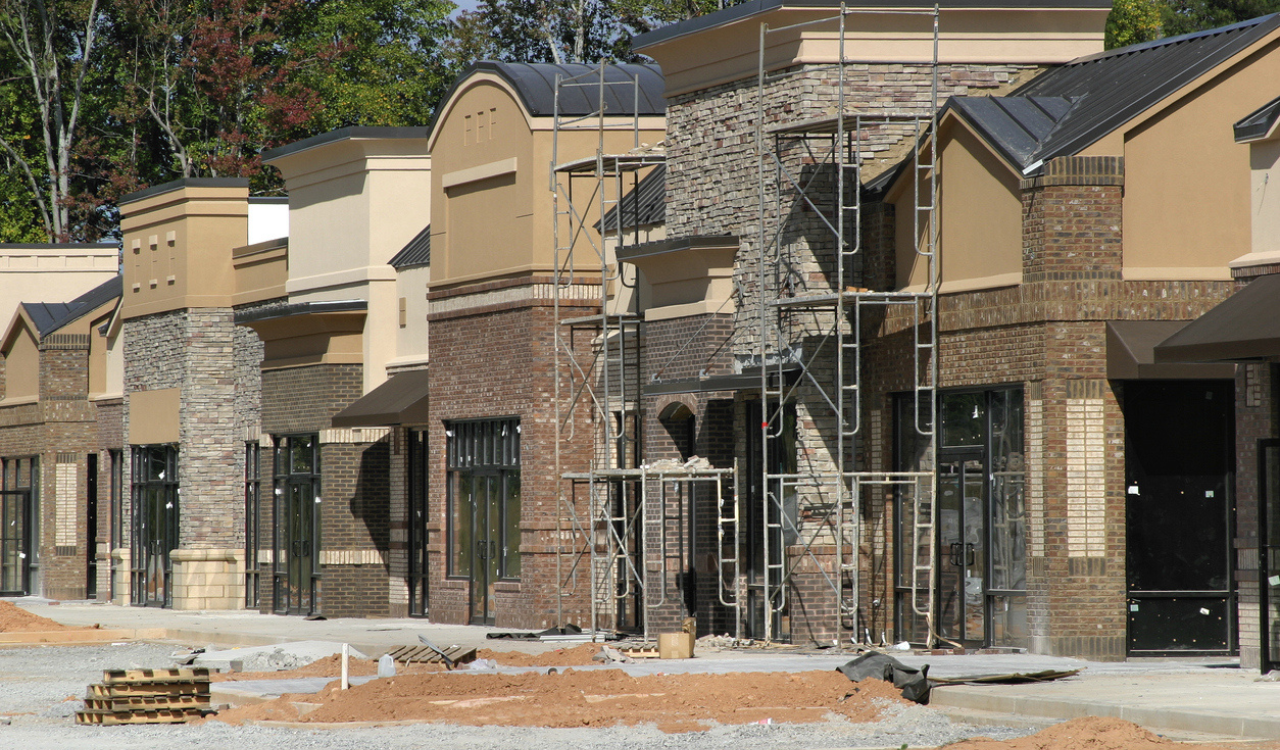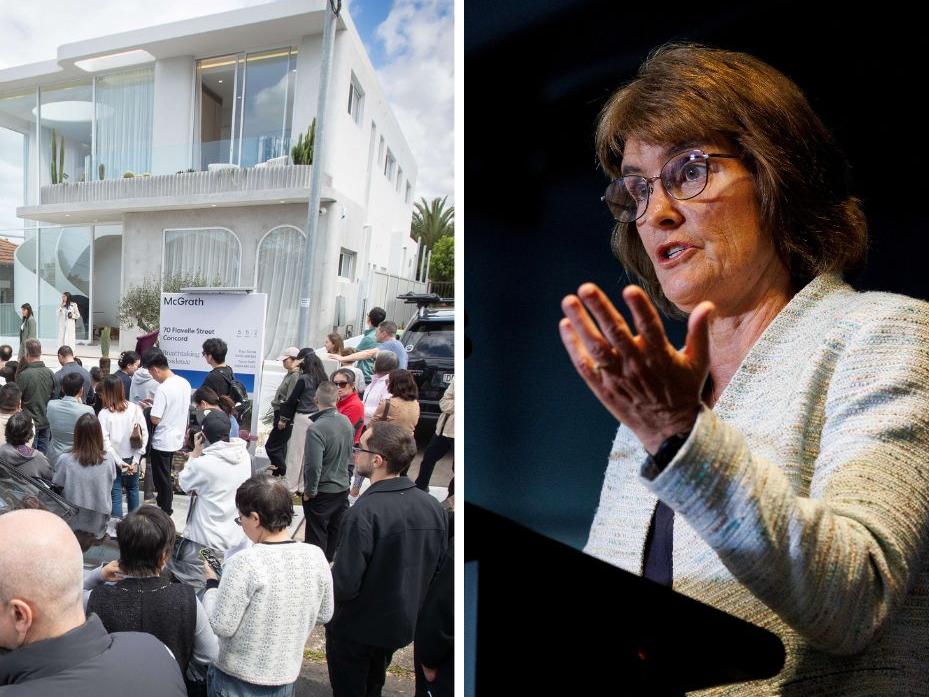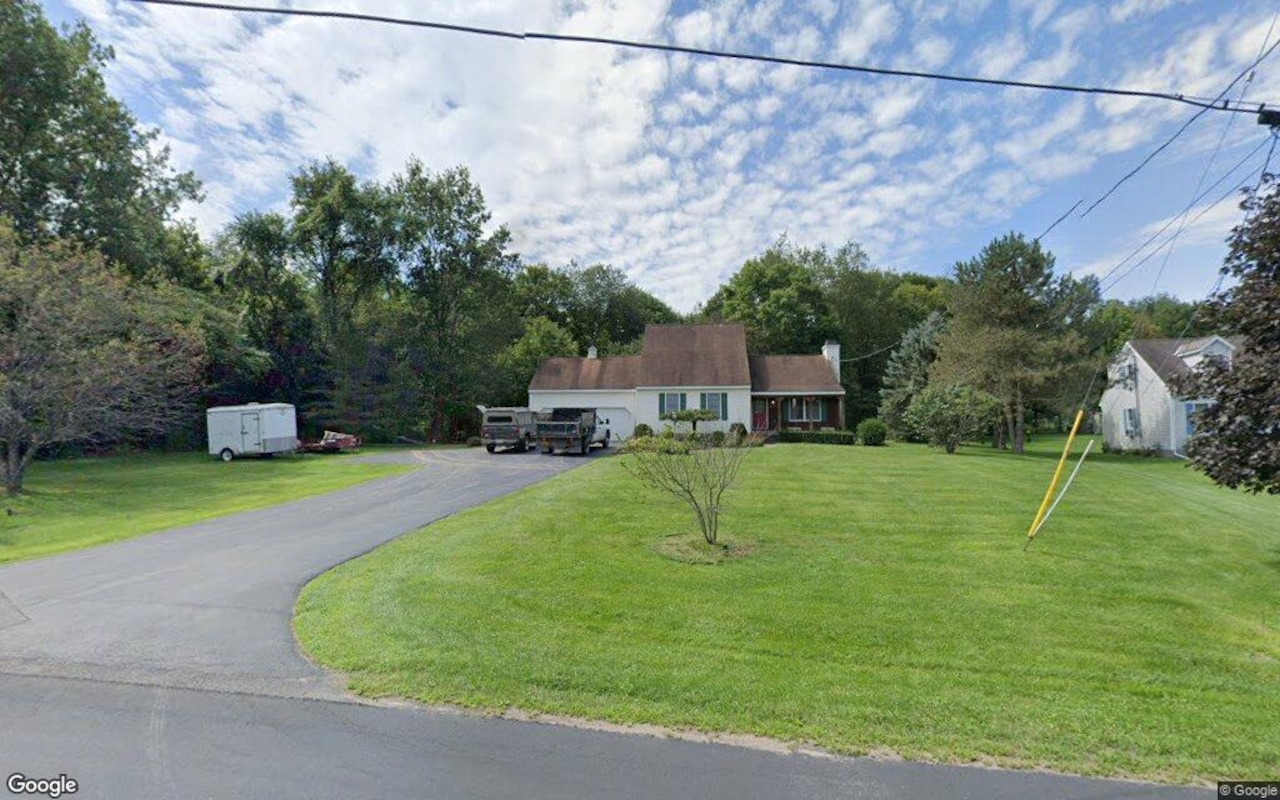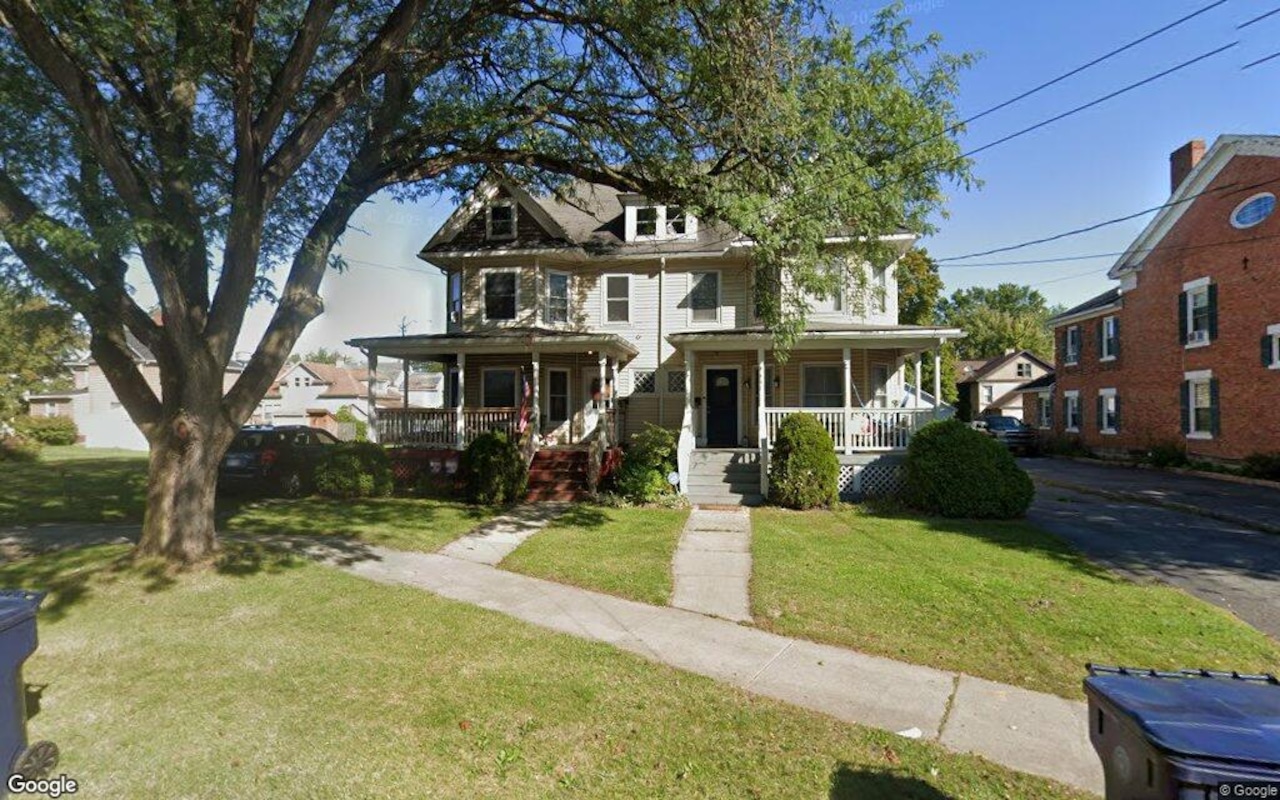T
he first half of 2025 marked the weakest retail leasing period since the pandemic, with U.S. retailers vacating roughly 15 million square feet—undoing two years of steady growth. High‑profile closures included Joann’s, Party City, Rite Aid, and Forever 21. Walgreens’ decision to go private is projected to trigger 450 store closures in 2025 and many more through 2027, while the bankruptcies of Claire’s and Big Lots have led to additional shuttered locations.
The San Francisco Centre illustrates the crisis. Once a top‑performing Bay Area mall with sales over $1,000 per square foot, it now sits 93 % vacant and faces foreclosure after the departure of Nordstrom and Bloomingdale’s. The decline was not driven by e‑commerce but by an ecosystem collapse—pandemic‑induced closures, rising crime, homelessness, and organized retail theft that eroded foot traffic.
Yet brick‑and‑mortar is not dead. Capital is flowing into new formats, categories, and markets that can sustain themselves. Retail real estate, like retail itself, has evolved under global pressure, and the headline‑grabbing closures mask a more nuanced picture.
Despite early‑year softness, national vacancy remains below 5 %—the lowest since the 1980s. Net absorption dipped into the negative in early 2025, indicating tenants are vacating more space than they occupy, but the scarcity of new construction keeps competition for prime locations tight and pushes rents upward. Developers face steep barriers: tariffs on steel and aluminum, high federal interest rates, and only 7.2 million square feet of new space delivered in Q2 2025—the lowest since 2000. Since 2009, completions have averaged just 0.5 % of inventory, the slowest rate of any major property type.
The limited supply of new space has become retail real estate’s most reliable stabilizer. Asking rents reached a record $22.73 per square foot nationally and are projected to grow 3.1 % annually through 2029. With few new projects breaking ground, attention has shifted to adaptive reuse and mixed‑use conversions.
Redevelopment is now the primary engine of activity. Across the country, enclosed malls are being repositioned as open‑air mixed‑use community centers that blend retail, housing, healthcare, and entertainment, keeping supply tight and value strong. Investors favor adaptive reuse over speculative new builds, giving existing malls, shopping centers, and neighborhood retail a second life.
Open‑air centers outperform their enclosed counterparts. Neighborhood and community centers maintain a 5.6 % vacancy rate, while regional malls hover above 10 %. These developments aim to become the new “third places,” balancing commerce with connection. Grocery anchors and personal‑service tenants provide stability, while flexible footprints accommodate gyms, medical suites, and co‑working spaces.
Changing lifestyles are reshaping demand. Gen Z consumers are redefining gathering spots: they drink less alcohol, exercise more, and prefer shared activities over nightlife. Running clubs, boutique gyms, and sober social events are turning shopping centers into community hubs. Experiential retail reinforces this shift. Brands such as Coach, Ralph Lauren, and Gucci weave cafés, workshops, and cultural activities into their stores. Coach Coffee and Ralph’s Coffee have evolved from marketing stunts into global lifestyle extensions that boost traffic and dwell time, while Gucci’s Osteria and Giardino 25 blur the line between retail and hospitality. These examples illustrate how stores are becoming places of belonging rather than mere transaction points, reclaiming cultural relevance.
Retailers are stepping into real estate to reshape the landscape and build ecosystems that center their brands. Walmart’s $34 million acquisition of Monroeville Mall near Pittsburgh will reposition the property as a mixed‑use destination blending retail, entertainment, hospitality, and residential. Dillard’s purchased Longview Mall in Texas amid concerns about absentee landlords. Costco is anchoring a $425 million Los Angeles project that integrates a warehouse store with 800 apartments, including affordable units, enabled by California’s streamlined housing approvals. IKEA’s $213 million purchase of Nike’s flagship at 529 Broadway in SoHo will use lower floors for a small‑format store and convert upper levels into office space. These moves reflect a structural evolution: retailers are moving beyond managing footprints to securing long‑term stability, brand alignment, and control over the environments that shape customer experience. They are no longer passive occupants but active stewards, a trend increasingly reflected on the balance sheet.
Real estate is becoming the quiet anchor of retail valuation. In some cases, the value of owned property exceeds a company’s market capitalization. Macy’s real estate holdings are estimated between $7.9 billion and $10.5 billion, compared to a market cap of roughly $4.8 billion as of fall 2025. Activist investors argue that Macy’s real estate alone could justify its valuation, noting the market heavily discounts its retail operations. Macy’s acknowledged this imbalance in its 2024 10‑K, outlining plans to sell underperforming properties and explore redevelopment where land is worth more than the store. Dillard’s, by contrast, owns the majority of its stores outright, with total assets around $3.7 billion and equity near $1.9 billion, and carries little net debt. That ownership gives it flexibility that many peers lack, whether leasing to third parties, redeveloping, or maintaining cash‑flow stability during downturns. Across the sector, retailers with significant real‑estate holdings are better insulated from rising rents and capital costs and can leverage property as both a financing tool and a growth asset. The market is beginning to reprice this dynamic, treating real estate not as a static asset but as the true measure of long‑term strength.
The strength of retail property ownership extends beyond individual companies. Public equity markets underscore the sector’s fundamental health, with NYSE‑listed REITs boasting a total equity market capitalization of approximately $1.264 trillion, a key bellwether for the commercial property landscape. The shopping‑center segment has emerged as a sector leader, proving its resilience and ability to generate solid returns. Kimco Realty’s Q2 2025 results showed outstanding performance, raising its full‑year 2025 FFO guidance and reaching an all‑time company record for small‑shop occupancy at 92.2 %. This stability allows operators to wield significant pricing power, reflected in double‑digit rent spreads on new leases. Their optimism is driven by near‑record high occupancy rates and successful exercise of pricing power on new and renewing leases, a testament to the limited supply of new competitive space.
Even the often‑marginalized mall segment is signaling a robust comeback. Premium assets are thriving, shifting from pandemic‑era distress to renewed investor confidence. Simon Property Group reported a 4.2 % increase in domestic property NOI in its Q2 2025 results, directly supported by high occupancy rates across its premium portfolio. The company raised its quarterly common dividend to $2.15 per share in Q3 2025 and increased its full‑year FFO guidance. Investors project continued high returns for the sector, with retail REIT earnings forecast to grow by approximately 7 % per annum over the next few years, maintaining a robust trajectory despite broader economic uncertainty.
Retail real estate remains both challenged and robust. Closures highlight the fragility of overstretched chains, but adaptive reuse, off‑price expansion, and community‑driven formats are driving resilience. Developers face headwinds from tariffs and interest rates, yet capital flows into reimagined assets with stable demand. Consumer lifestyles are reshaping the market. Younger generations prioritize social wellness, fueling demand for open‑air spaces and mixed‑use environments that serve as modern third places. Retailers, developers, and investors alike are responding, transforming brick‑and‑mortar into the economic and cultural anchors of the next generation.
With vacancies near multi‑decade lows and rent growth projected to outpace inflation through 2029, the future of retail real estate will be measured not in square footage alone but in its ability to anchor communities, experiences, and enduring value. “At the end of the day, despite continued growth in e‑commerce and the current unusual impediments to retailing (notably unwarranted price inflation), consumers will still support physical brick‑and‑mortar shopping where their needs and wants are fully satisfied,” says Mark Cohen, former director of Retail Studies at Columbia Business School.














